With her Florentino Ariza learned what he had already experienced many times without realizing it: that one can be in love with several people at the same time, feel the same sorrow with each, and not betray any of them. Alone in the midst of the crowd on the pier, he said to himself in a flash of anger: ‘My heart has more rooms than a whorehouse.
Gabriel Garcia Marquez
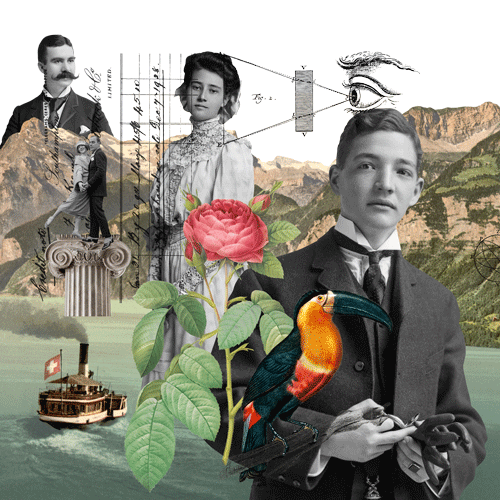
Love In The Time Of Cholera
Gabriel Garcia Marquez
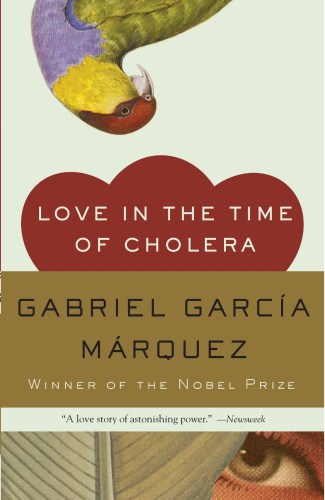
Fermina Daza and Florentino Ariza fall in love, but Fermina chooses to marry a wealthy doctor after her father successfully thwarts their emotional connection.
Amid hundreds of affairs, he refuses to marry anyone but Fermina. His passion for her well over the line to obsession. Meanwhile, Fermina goes on with her life without significant thought to Florentino’s welfare or whereabouts. Her life is her husband, her children, and her home, sometimes unfulfilling, but always what she chooses. Fifty years, nine months and four days later, Florentino gets a second chance to make a first impression.
Why This Text is Transformative?
No one walks away from this text not thinking that love is complex and nuanced and dangerous.
This novel is about Love and all its itinerant forms. Unrequited love. Platonic love. Romantic Love. Parental love. Forbidden love. It is about obsession and rejection. It is about the enduring nature of love and of hope. It asks difficult questions about what love is and who is entitled to it. No one walks away from this text not thinking that love is complex and nuanced and dangerous. Marquez presents love as an illness, with many of the same symptoms of Cholera. And the way the characters compartmentalize who they love and the way they love requires that your understanding of the text transcend traditional considerations of what love is.
A Focused Selection
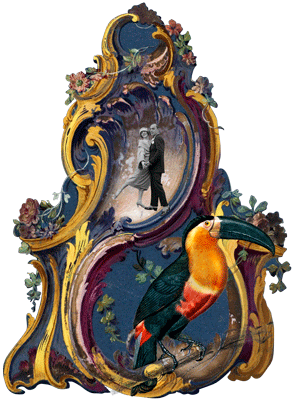
Pages 41-103
This is a difficult novel to break into manageable sections. Pages 41-103 Introduce the reader to the main characters, Florentino Ariza, Fermina Daza, and her husband Juvenal Urbino. Fermina Daza has just laid her husband to rest after he died from a fall off a ladder. At the wake, she is confronted by Florentino Ariza, her first love. She rejects him soundly, for what we learn later is the second time. The first time comes at the end of their heated courtship. Her father, Lorenzo Daza does not want Florentino to pursue his daughter. When Florentino refuses to bend without Fermina’s consent, her father takes her away to see her cousins and to forget about Florentino. But they are passionate teenagers. They find a way to communicate, and Fermina very much considers herself Florentino’s “intended”. But when she comes back home she has matured out of that love affair. When she sees Florentino again, she tells him quite frankly that she is no longer interested in him.
Pages 278 – 348
The story picks up after Fermina and Florentino have made contact for the second time. In between we learn that Florentino Ariza has waited all this time for Fermina to be free so he can approach her again. In the meantime, she and Juvenal have risen to national prominence both socially and professionally. She has given birth and raised two children, and traveled extensively to Europe. Florentino, on the other hand, has slept with nearly every woman he encountered, and climbed the ladder to his uncle’s shipping company. He has never been able to allow himself to truly love another woman because he believes he is meant to be with Fermina, so while he is sexually promiscuous, he has never committed to another woman.
When we meet them again, their relationship looks much like it did when they were younger, exchanging letters. At first, the letters are full of parry and thrust with Fermina asking Florentino to please leave her alone. But Florentino believes that he will prevail, and eventually, he does. Fermina lets her guard down and allows Florentino into her life. Their friendship develops over time and finally she and Florentino take a cruise on the river. There they make love for the first time. When passengers that Fermina knows from her previous life board the ship, Florentino convinces the Captain to fly the yellow flag of cholera to force the other passengers off and avoid stopping at any other ports. When they get back to the city of Viceroys the ship can’t land, having been quarantined for cholera.
Study Questions
pages 41-103
Class 1 – pages 41-103
1) Is there such a thing as love at first sight? Soul mates? A one true love?
2) We learn in these pages that Florentino Ariza has waited over fifty years to approach Fermina romantically again. He didn’t just happen upon her fifty years later. He actually waited for her. Is that a romantic gesture or the act of obsession? Have you ever experienced a love like that? Could you wait for someone for over fifty years?
3) Both of Fermina’s rejections of Florentino are brutal and seemingly final.
pages 278 - 348
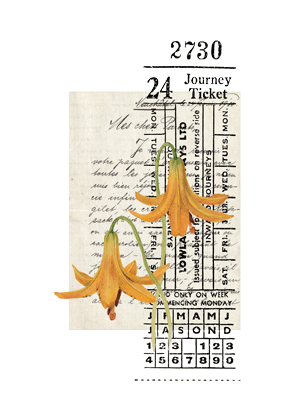
Class 2 – pages 278 – 348
1) On the ship, Florentino grieves for the loss of America Vicuna, a young girl for whom he was both guardian and lover and who killed herself when he rejected her for Fermina Daza. After he cries for her “[o]nly then did he have the courage to admit to himself how much he loved her.” Have you ever given up something/someone you loved for what you thought was a better deal? Was it better?
2) Ultimately, Fermina and Florentino are destined to never pull into port. For whom would you forsake everything, even the very land under your feet?
Building Bridges
A Recommended Pairing

A wonderful short novel by Graham Greene, Monseigneur Quixote, recasts Cervantes’ magnum opus in a way that captures much of the humor and pathos in a more modern context, as the adventures of a Roman Catholic priest and a communist mayor taking to the road together in Spain during the Franco years. The richly imagined characters and their conversations make it clear that the issues that drive Don Quixote’s idealistic quest are not raised only in books of chivalry. How do we live with a commitment to the ideals of a religious faith or a political ideology which, though noble, may not fit easily with and may have unfortunate consequences in the unforgiving world in which we find ourselves? What difference does friendship make in our lives?
Supplemental Resources
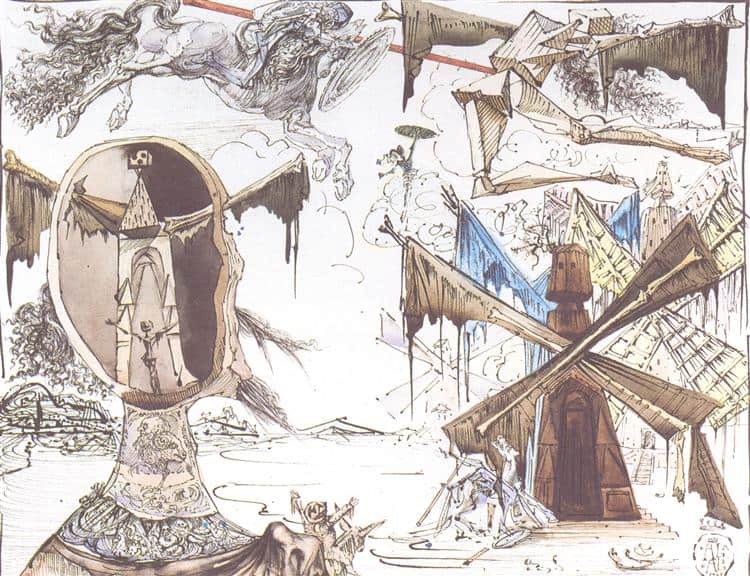
Don Quixote and the Windmills, 1945 - Salvador Dali - WikiArt.org
Don Quixote has been an inspiration for many visual artists. Spanish surrealist Salvador Dali returned to the novel multiple times throughout his long career, creating sketches, paintings, and sculptures of Don Quixote and Sancho, depicting important episodes in the book. A pairing of an episode with one of Dali’s works can lead to a stimulating discussion.
What details do students notice? What do his artistic choices suggest about his interpretation of the characters? To the extent that students are familiar with the story of Don Quixote, it is likely to be as it is filtered through the musical The Man of La Mancha. The musical has its own merits, and is framed by the interesting device of placing Cervantes on stage as a narrator, but of course it is impossible for it to capture much of the complexity of the book – and it alters the ending dramatically. Students may find it interesting to compare the two endings.
Text Mapping
Discipline Mapping
English/Composition Studies
History
Philosophy & Religion
Page Contributor



